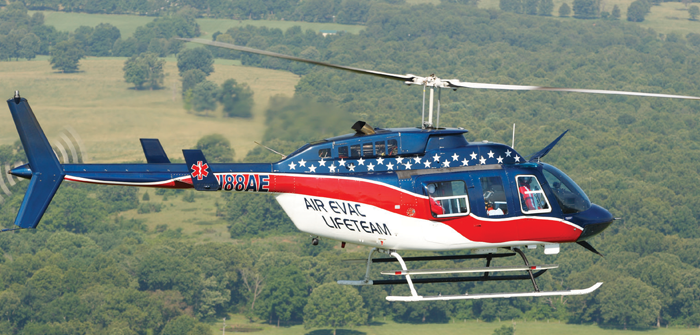A digital future for Air Evac
AIR EVAC IS one of the largest Air Medical operators in the USA and is, in turn, part of a larger holding group, Air Medical Group Holdings (AMGH) based in Dallas, Texas with, collectively, nearly 300 aircraft. The Ramco solution has been implemented across the whole group, including Air Evac which accounts for more than 150 aircraft. This article, in six parts, shares key points from the journey that Air Evac has traveled with their IT solution during the last ten years: The Air Evac growth journey; HEMS industry challenges; Identifying business pain points and key needs; choosing the right technology partner; where Air Evac is today in terms of business benefits realization; and Air Evac’s digital mobile ecosystem strategy.
THE AIR EVAC GROWTH JOURNEY
Air Evac Lifeteam was established in 1985 by a group of citizens in West Plains, Missouri. The goal was to provide air medical transportation and ensure access to emergency health care facilities for their remote community in the Missouri Ozark region. Although air ambulances were primarily based in metropolitan areas at the time, the company founders believed that the people who needed air medical transport the most were those living in rural communities, often far away from a hospital or major trauma center. Today, Air Evac Lifeteam is the largest independently owned and operated membership-supported air ambulance service in the United States, with more than 125 bases across 15 states from which Air Evac flies more than 70,000 flying hours a year for 40,000 transports, also annually. It all drives more than 50,000 maintenance transactions each year inside the maintenance system. Air Evac first implemented a Ramco solution in 2007 with version 4.0, transitioning in 2014 to version 5.6, and currently using version 5.8

